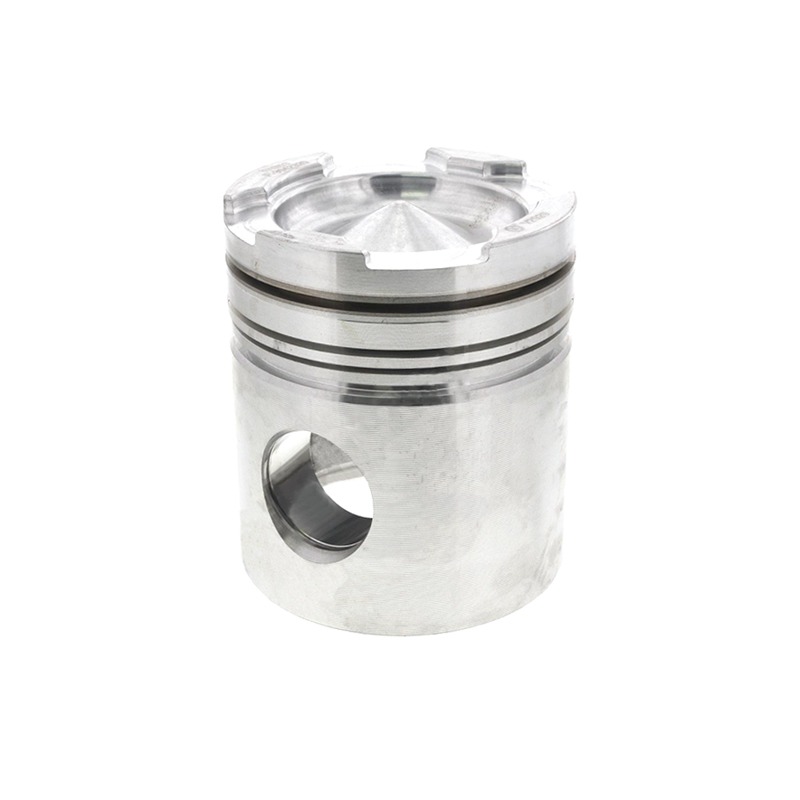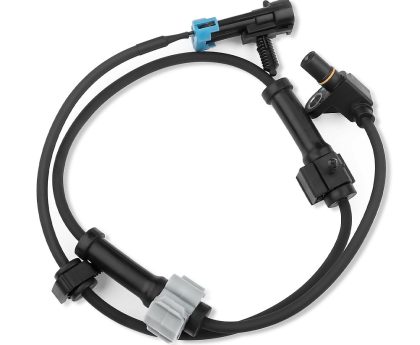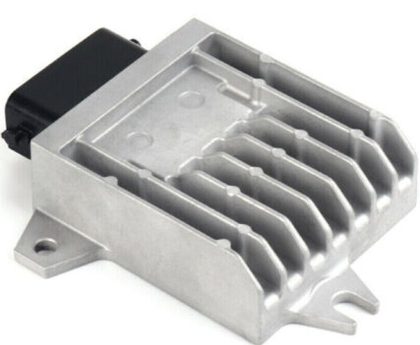Introduction: Understanding the Piston’s Role
Definition of a Piston
A piston is a cylindrical component of an engine that plays a critical role in the combustion process. It is situated within the engine cylinder and designed to move up and down in a linear motion. This movement is crucial as it enables the conversion of the fuel-air mixture into mechanical power that drives the vehicle. The design and materials of piston components significantly influence an engine’s performance and durability. Different types of pistons, such as cast, forged, or billet pistons, play varied roles depending on the engine’s intended use, from everyday commuting to high-performance racing.
Importance of Piston Components
Piston components are vital for optimal engine function, ensuring that the piston operates effectively within the engine. Each part has a specific role, and when they work together harmoniously, they contribute to the overall efficiency of the engine. Understanding these components is essential for anyone interested in automotive mechanics, performance tuning, or general engine maintenance. Knowledge of how these parts interact can enhance performance and longevity, prevent costly repairs, and inform better choices when upgrading or replacing engine components.
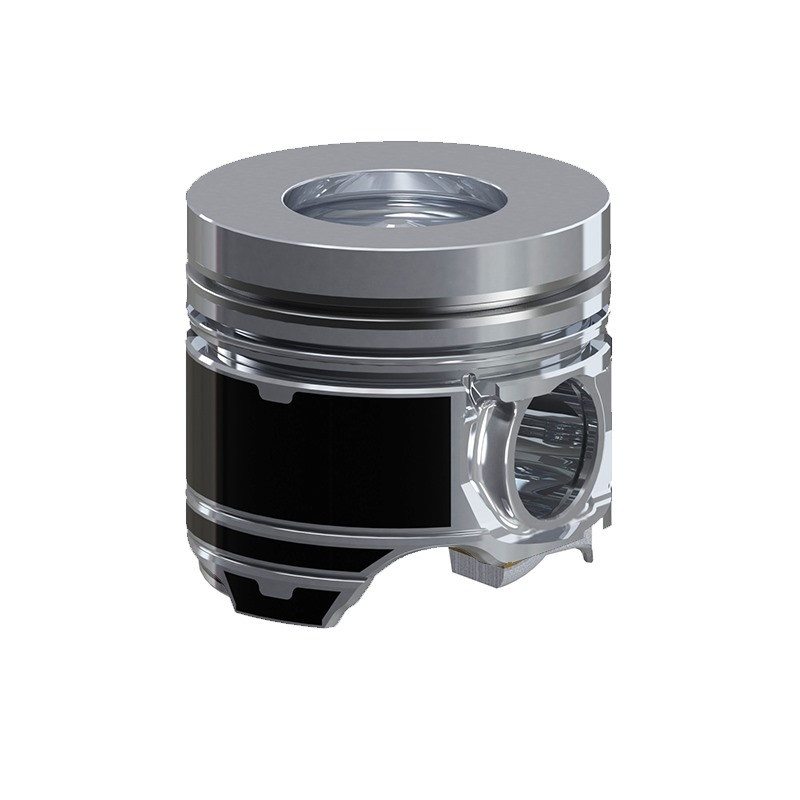
Overview of the Engine System
The piston does not operate in isolation; it is part of a larger engine system composed of various interacting components, including cylinders, crankshafts, and fuel delivery mechanisms. The functionality of the engine relies on these components synchronized in their operations. The piston’s movement creates compression, which is essential for the combustion process, ultimately generating the power necessary to move the vehicle. Thus, understanding the piston and its components is vital for troubleshooting and enhancing overall engine performance.
Key Components of a Piston
Piston Body
The piston body, or the main component of the piston, is typically made from lightweight materials such as aluminum or forged steel. Its design features a skirt that provides structural support and encompasses the piston rings and wrist pin. This body forms the core of the piston assembly and needs to withstand extreme temperatures and pressures during operation. A well-engineered piston body significantly reduces friction, leading to efficient movement and engine operation. Proper attention to its design can enhance combustion efficiency, improve fuel economy, and even contribute to emission control.
Piston Rings
Piston rings are critical for sealing the combustion chamber, fitting snugly into grooves around the piston. Their primary purpose is to prevent gases from leaking past the piston during the combustion cycle. Typically, there are three types of piston rings: compression rings, oil control rings, and scraper rings. Each serves a specific role in maintaining engine efficiency. Compression rings ensure that the maximum pressure from combustion is contained within the cylinder, while oil control rings help manage the oil being used for lubrication. Well-functioning piston rings not only regulate oil consumption but also enhance fuel efficiency and overall engine performance, making them essential for optimal functionality.
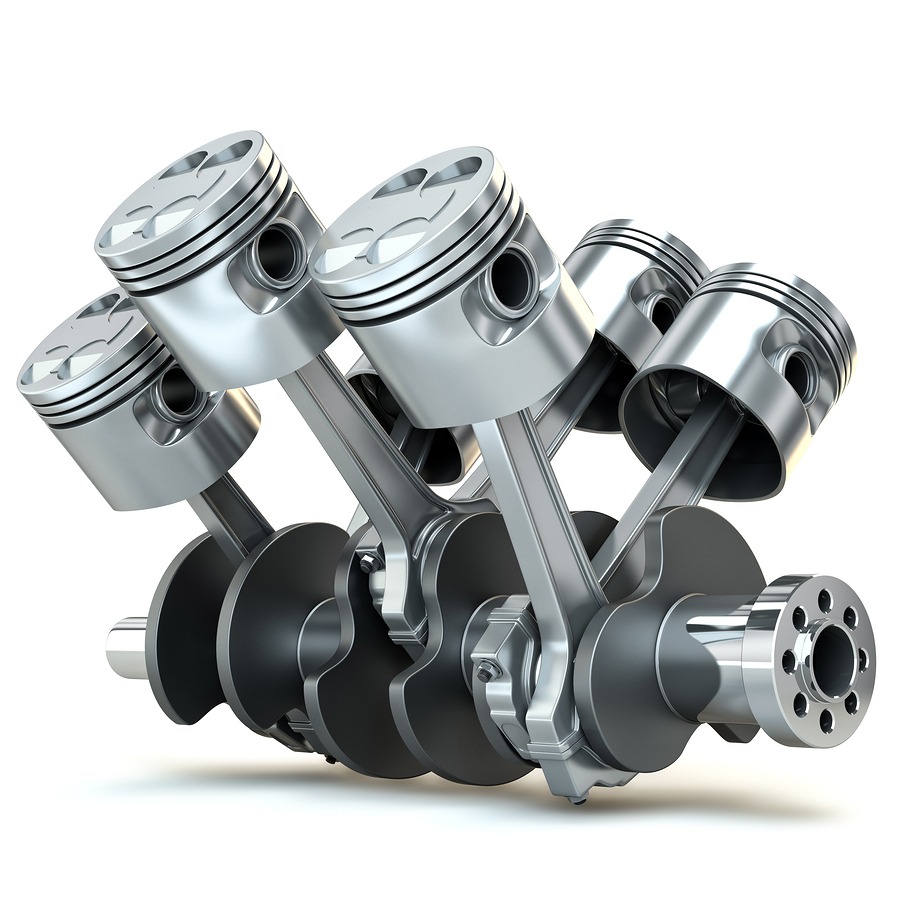
Piston Pin
The piston pin, also known as the wrist pin, connects the piston to the connecting rod. This small yet vital component allows the piston to pivot and transfer its linear motion to the crankshaft, converting this motion into rotary power. Made typically of high-strength steel, the piston pin must withstand considerable stress and wear. The material and design of the piston pin greatly affect its strength and durability. A resilient piston pin ensures effective performance under high stress and temperature, contributing to the engine’s overall reliability. Proper lubrication is also essential to avoid unnecessary wear, ensuring the longevity of the component and uninterrupted engine operation.
Function of Piston Components in Engine Operation
Compression and Combustion
During the engine cycle, the piston experiences a sequence of stages that drive its movement. As the piston moves down, it creates a vacuum that allows a mixture of fuel and air to enter the cylinder. Once the cylinder is filled, the piston moves back up, compressing the mixture. This compression is not only essential for igniting the fuel-air mix but also critical for generating the necessary power. When the spark plug ignites the trapped fuel-air mixture, the resulting explosion forces the piston down again, creating significant power output. This cycle repeats continuously, driving the engine’s output and enabling the vehicle to move. The efficiency of this process heavily relies on the integrity of the piston and its components.
Heat Dissipation
The piston plays a key role in managing heat within the engine system. As combustion occurs, the piston absorbs substantial heat, transferring it to the cylinder walls. This process is vital for maintaining optimal operating temperatures, preventing overheating that could lead to engine failure. Effective heat dissipation not only protects the piston and cylinder but also contributes to the overall engine temperature regulation. Proper design considerations, such as cooling channels or heat-resistant materials, can enhance this function, ensuring that the piston and other components maintain their integrity under extreme conditions. If heat management is neglected, the potential for warping or failure increases significantly, which could lead to costly repairs.
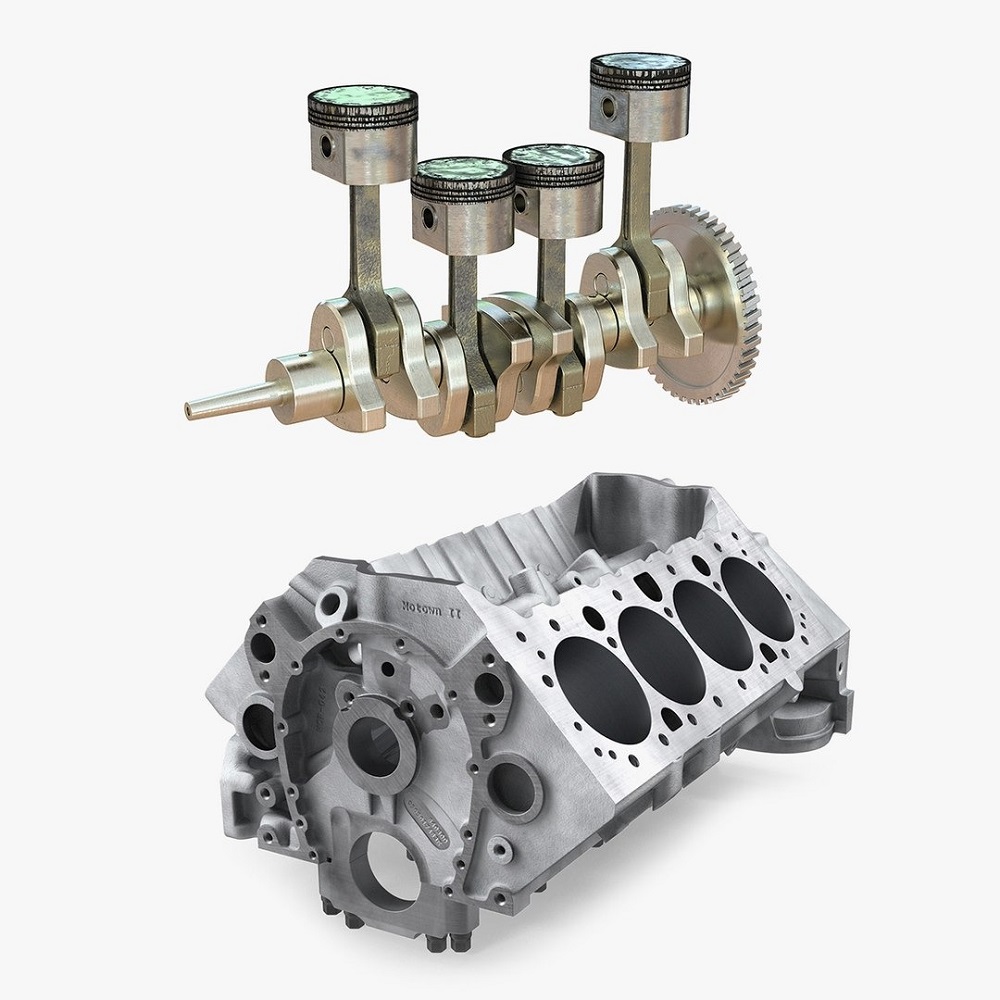
Oil Control
Piston rings are integral to efficient oil management within the engine. They maintain an ideal oil film on the cylinder walls without allowing excessive oil to escape into the combustion chamber. These rings play a significant role in maintaining the correct lubrication, reducing friction, and minimizing wear on both the piston and cylinder walls. An efficient oil control system not only enhances the performance of the engine but also has environmental benefits by reducing oil consumption and emissions. A rise in oil consumption indicates that the piston rings may be worn, which can negatively impact performance. Routine inspection and maintenance of piston components can prevent such issues and keep the engine running smoothly.
Common Piston Issues and Their Impact
Worn Piston Rings
Worn piston rings can lead to several performance-related issues that, if left unaddressed, may escalate into more significant problems. When these rings wear down, they lose their ability to seal the combustion chamber effectively. This results in blow-by gases escaping, which decreases engine efficiency and can cause power loss. Symptoms of worn rings include increased oil consumption, noticeable exhaust smoke, and reduced acceleration. Repairing or replacing these rings promptly is essential to restore optimal engine function and prevent further damage to surrounding components.
Scored Piston Walls
Scoring on the piston walls is a problem that can occur due to several factors, including poor lubrication, contaminated oil, or debris entering the combustion chamber. Such scoring leads to increased friction, which can compromise engine performance and efficiency. If left untreated, scored walls can result in accelerated wear on both the piston and the cylinder, leading to a host of other mechanical issues. Regular maintenance, including oil changes and filter replacements, can help prevent scoring and ensure that the piston operates smoothly within its cylinder.
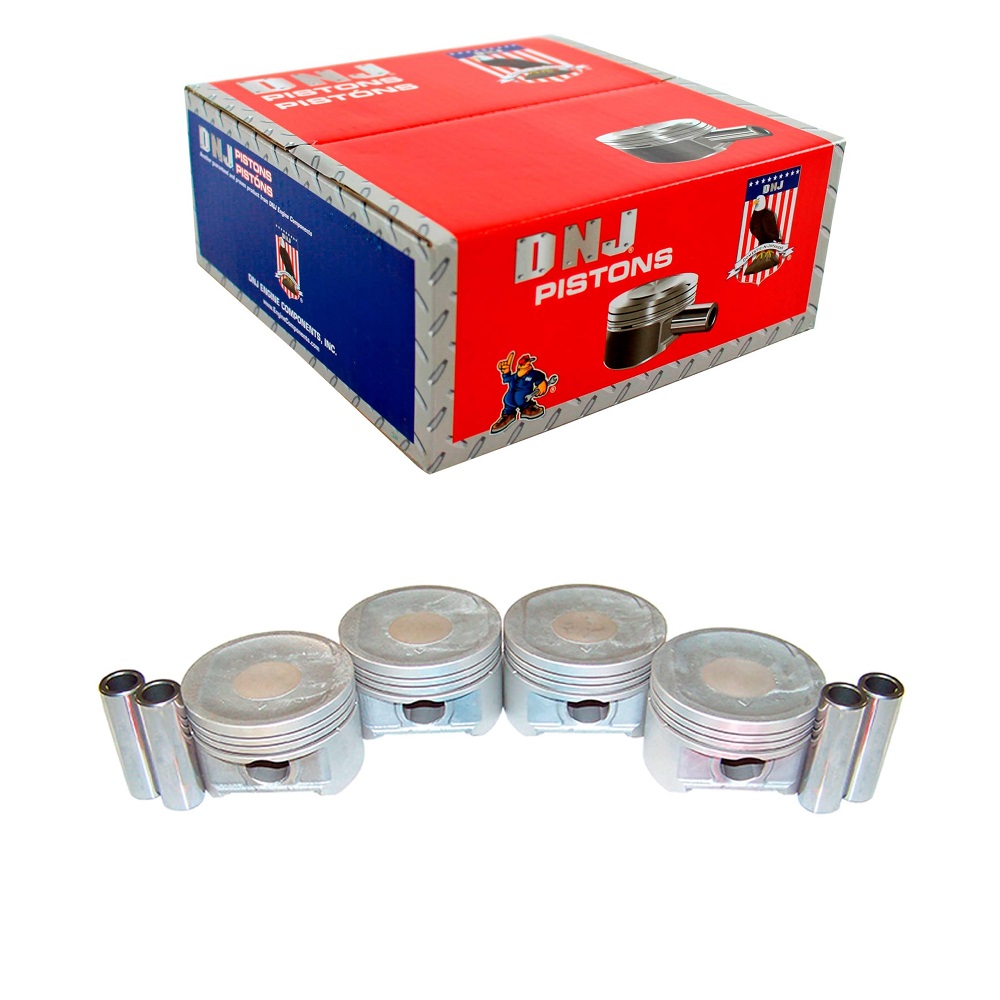
Cracked Pistons
Cracked pistons represent a severe problem that can result in catastrophic engine failure. Overheating, pre-ignition, and manufacturing defects are common causes of piston cracking. A cracked piston can lead to significant loss of compression, loss of power, and even damage to the connecting rods or crankshaft. Signs of a cracked piston include unusual engine noises, loss of power, and visible damage during inspection. Addressing these issues quickly is essential to maintain engine health and avoid costly repairs that could arise from extensive damage to the engine block and other components.
Piston Design Considerations
Material Selection
Choosing the right materials for piston components is crucial for maximizing performance and durability. Common materials include aluminum alloy, known for being lightweight and effective in heat transfer, making it a popular choice for mass-produced engines. For high-performance applications, forged steel pistons may be selected due to their superior strength and durability, capable of withstanding higher stress levels. The decision often comes down to the intended application of the engine—whether it is for everyday use or for more demanding motorsport scenarios. Emerging materials, like advanced composites, are also capturing attention for their lightweight properties and performance advantages.
Weight and Performance
The weight of piston components can have a direct impact on overall engine performance and efficiency. Lighter pistons help reduce overall engine mass, which in turn improves responsiveness, acceleration, and fuel economy. Conversely, heavier pistons can provide added stability at high RPMs, which can be beneficial for performance applications where smooth operation is critical. Engineers must exercise careful judgement to balance these factors when designing pistons for specific applications. The final design should align with both performance goals and the intended use of the vehicle to ensure optimal results.
Customization and Upgrades
For automotive enthusiasts, piston customization can lead to significant improvements in engine performance. Options include increasing the diameter for more displacement or adjusting compression ratios for enhanced power output. Custom pistons might even incorporate features such as integrated cooling channels or unique designs to improve airflow and combustion efficiency. Upgrading piston components allows for careful tuning for specific power and performance goals, enhancing the overall driving experience. This customization is particularly important in motorsport applications where every fraction of a second counts, and engine efficiency can make or break a race.
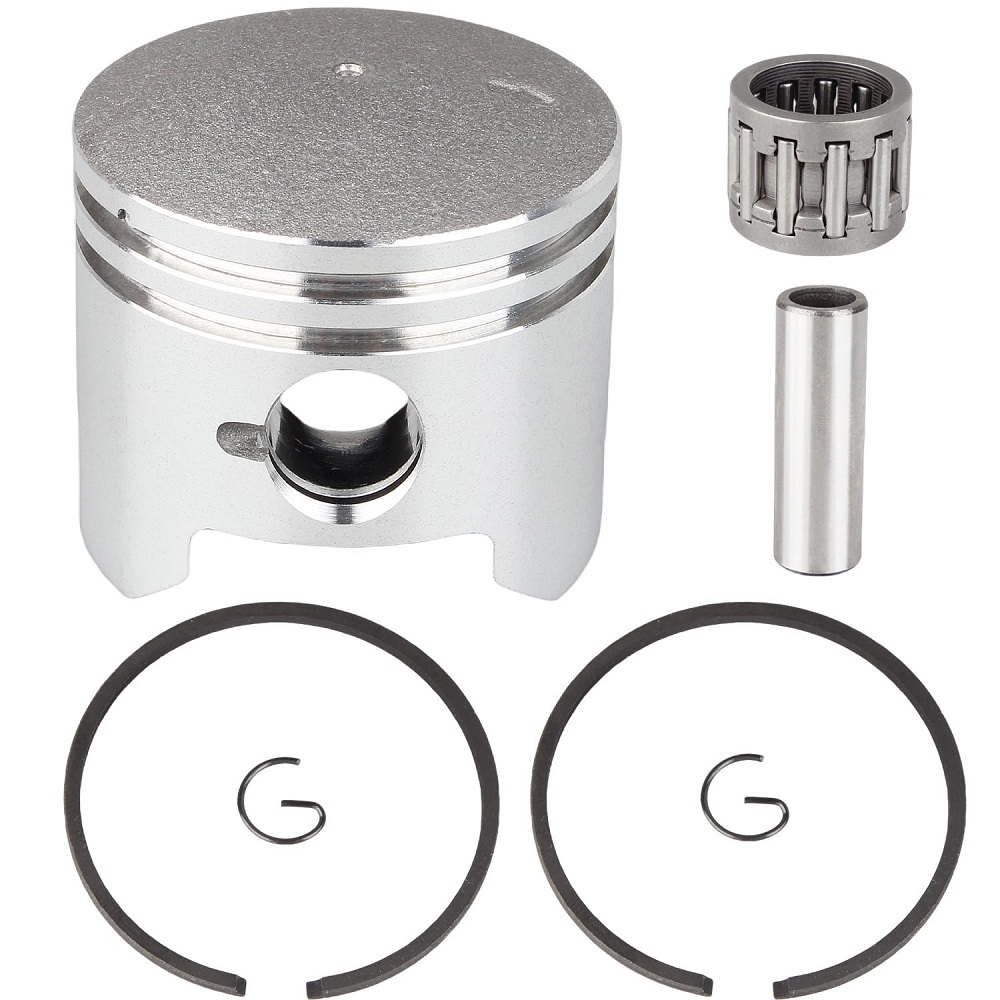
Maintenance of Piston Components
Regular Inspection
Routine inspection of piston components is essential for maintaining engine performance and longevity. Mechanics should check piston rings, pins, and skirts for signs of wear or damage during routine service intervals. Inspections can also include evaluating compression and performing leak-down tests to identify underlying issues. Early detection of problems allows for targeted repairs, minimizing the risk of extensive engine damage and ensuring consistent performance. Regular inspections serve to uphold engine standards and prevent time-consuming and costly repairs later on.
Oil Change Intervals
Regular oil changes play a crucial role in piston health and overall engine performance. Fresh oil is vital for reducing friction between piston rings and cylinder walls, promoting seamless and efficient movement within the engine. Neglecting oil changes can lead to degraded oil quality, which may result in increased friction, scoring, and ring wear. A well-planned maintenance schedule that accommodates timely oil changes can extend the life of piston components and prevent premature engine wear, benefiting both performance and durability.
Proper Engine Tuning
Engine tuning is vital for optimal performance, especially in high-performance vehicles where precision is key. Ensuring the air-fuel mixture and ignition timing are correctly calibrated helps protect piston components from undue stress and enhances their lifespan. Regular tuning can improve horsepower, fuel efficiency, and overall drivability, allowing the engine to perform to its fullest potential. Paying attention to engine parameters and adjusting them as needed is essential for achieving a balance between performance and longevity.
The Evolution of Piston Technology
Advances in Materials
Recent developments in materials technology have brought significant advancements in piston design. New composite materials and modern alloys enhance weight savings and strength, allowing for lighter and more efficient pistons. These materials not only contribute to fuel efficiency but also improve the ability to dissipate heat and withstand higher pressures. Understanding these materials is critical for designers and manufacturers aiming to produce cutting-edge, high-performance engines that can compete in today’s automotive market.
Enhanced Manufacturing Processes
Modern manufacturing techniques have greatly improved the precision and quality of piston production. Processes such as CNC machining and specialized casting offer unparalleled uniformity and stability in piston dimensions. This level of precision ensures that every component meets strict quality standards, leading to better-fitting parts that promote enhanced reliability. Advanced manufacturing processes not only minimize defects but also facilitate customization, allowing manufacturers to meet specific performance demands more effectively.
Impact on Performance
The evolution of piston technology has had profound implications for overall engine performance. Contemporary engines are capable of achieving higher power outputs while maintaining fuel efficiency due to advancements in piston design and materials. Enhanced piston designs contribute to better emissions control, aligning modern engines with regulatory standards and consumer expectations for environmentally friendly options. Staying informed about these developments can empower automotive enthusiasts to make better decisions regarding engine upgrades and enhancements.
Conclusion: The Importance of Piston Components in Engine Function
A Key to Engine Efficiency
Piston components are crucial for optimal engine function and performance. Ensuring that each part is in good condition allows the engine to operate smoothly and efficiently. A comprehensive understanding of how these components work together is invaluable for both mechanics and enthusiasts. This knowledge not only aids in diagnosing issues but also emphasizes the importance of quality parts and regular maintenance, both integral for prolonging engine life.
Investment in Quality Parts
Using quality piston components is a wise investment in engine reliability and efficiency. Investing in durable materials and well-designed parts can prolong the engine’s life and significantly enhance overall performance. By selecting high-quality components, an owner can build a solid foundation for a well-functioning engine that meets their driving needs, whether that involves commuting, towing, or competitive racing.
The Future of Piston Technology
As engine technology continues to evolve, so too will piston design and manufacturing. Future advancements may lead to even more efficient and powerful engines, setting new standards in performance and sustainability. Automotive enthusiasts and mechanics alike should stay informed about new trends in piston components to make the best choices for improving engine function. By embracing these advancements, the automotive industry can continue to innovate, offering exciting opportunities for enhanced performance and reliability in the years ahead.
